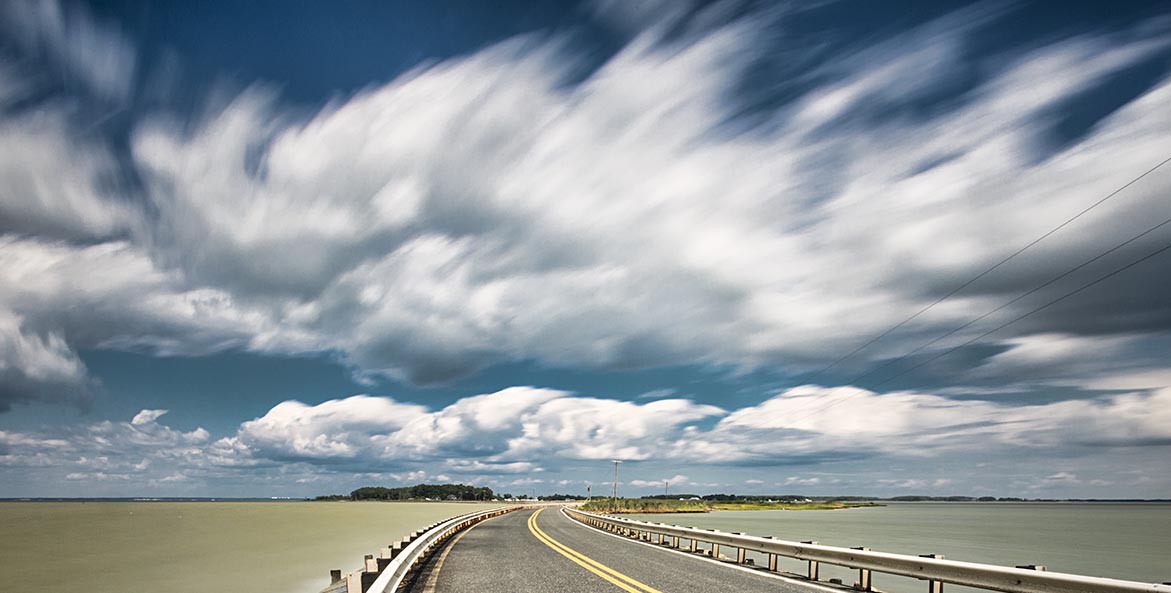Find our complete Nature Journal series here.
“Stop all of your doing-ness, all of your thinking. Just ‘be’ for a while. Even for a moment. It can change everything.” —Neale Donald Walsch, American author, actor, and screenwriter
The world is rapidly becoming more complex. Technologies are constantly evolving to solve our problems and improve our lives. However, the current worldwide pandemic has brought us into uncharted territory. The pace now is unhurried and we have more time to think than usual. This unfilled time can make us uncertain and anxious. But reflection, especially self-reflection, can help us stay grounded and give us a foundation for creativity. Fostered in nature and cultivated in mindfulness, creativity can help us navigate the world’s new realities.
Creativity is a form of play. It is imagination. It enables us to mold our thoughts and develop details so our ideas reach the pinnacle of their potential. Through the creative process, we are able to critically assess what works best by asking questions and finding solutions. Creativity also requires knowledge and control as it develops. It enables us to shift the boundaries of what we know and challenge the status quo.
Creating something can make you can feel like you’re in the center of a story as it’s being written. Or suspended in a sketch being drawn across a page. Your mind and body work as one as you become fully absorbed in the process. This can be similar to mindfulness. Psychology experts refer to it as ‘’flow,” a positive and highly-focused mental state. Your senses are heightened, distractions fade away, and you’re able to concentrate on the task at hand. Creative flow can help you build motivation and solve difficult problems. Self-reflection is a great place to start. To know yourself is a crucial first step in acknowledging your uncertainties and finding a more creative path forward.
Permit yourself unhurried time for self-reflection this week. Challenge yourself to engage creatively, as studies show it makes us happier, healthier, more confident, and better problem-solvers. Use nature as the inspiration to find your “flow.”
Prompt #25: Cloud Thoughts
Materials Needed: Nature journal or paper, pen or pencil, internet connection
Assignment: Research different types of clouds using the link provided in the additional resources. In your nature journal, draw and label the different types of clouds. Then find a safe spot to observe the sky (backyard, porch, or by a window). Make observations for 5 to 10 minutes and document what types of clouds you see. After some time, close your eyes and take a few deep breaths. Allow your thoughts to pass through your mind just like clouds float across the sky. Do not dwell on these thoughts. However, note how these thoughts make you feel. Are you happy? Unsure? Excited? Concerned? Mentally label each thought just as you would label a type of cloud in the sky. Then let the thought go and consider the next thought floating by. This is a mindfulness practice that will allow you to process your thoughts more consciously.
Additional resources:
- SciJinks: Types of Clouds
- Standford Medicine, Mindfulness: "Thought Clouds"
- Calm Moment, Mindfulness: "How to enjoy cloud watching the mindful way"
Journal Prompt: In your nature journal, draw two to three blank cloud shapes. Fill in the clouds with thoughts that you had while meditating. Did this exercise help you process these thoughts? How?
Prompt #26: Nature Quote
Materials Needed: Nature journal or paper, pen or pencil
Assignment: Find a safe spot to observe nature (backyard, porch, on a park bench, or by a window). Spend a few moments listening and watching. Consider the quotes below and write what you think the authors might have meant. Select the quote that you think best fits in the environment you are currently observing. Write why you think so.
“And into the forest I go to lose my mind and find my soul.” —John Muir, American naturalist and environmental philosopher
“Nature is pleased with simplicity. And nature is no dummy.” —Sir Isaac Newton, English scientist
“Adopt the pace of nature. Her secret is patience.” —Ralph Waldo Emerson, American writer
Additional resources:
- Global Stewards: Inspirational Nature Quotes: Inviting Nature into Our Lives
- John Muir Laws: Nature Journal Quotes
Journal Prompt: Write a new original, inspiring quote that could be used to describe what you observed or what you felt while you were observing nature.
Prompt #27: Identity Wheel
Materials Needed: Nature journal or paper, pen or pencil, internet access
Assignment: Take a look at the first Social Identity Wheel listed in the additional resources. In your nature journal, write down three of your most prominent identities. They can be positive or negative. Write about how these identities affect how you view and interact with other people. Write about how these identities affect how you view and interact with the natural world. Draw your relationship with the natural world considering these three identities.
Additional resources:
- Adapted from “Workforce America! Managing Employee Diversity as a Vital Resource”: Social Identity Wheel
- University of Michigan, Inclusive Teaching: "Sample Activity, Social Identity Wheel"
Journal Prompt: Which of your identities would you like to learn more about? Why?
We would love you to share your nature journal entries on CBF's Learn Outside Facebook Group!
Kathlean Davis, Educator, and Cindy Duncan, Education Operations Coordinator



